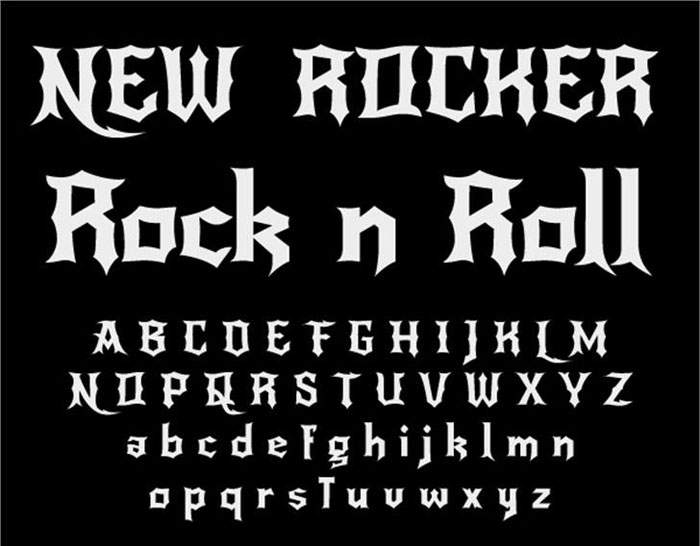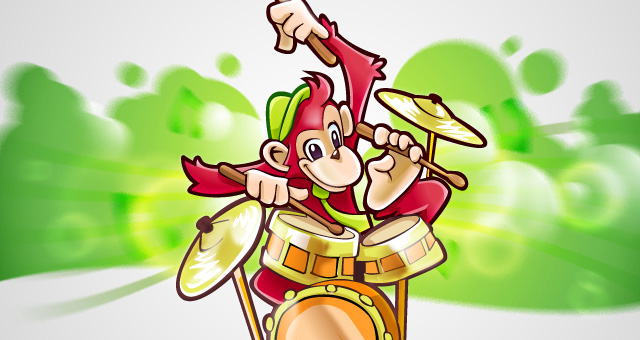
By the time he was discovered in Walmart singing Hank Williams songs at the age of 11, his handwriting had already been used on covers by Kenny Chesney, Eric Church and Florida Georgia Line. Although he only found fame as a recording artist in 2018, Mason Ramsey already had a reputation in Nashville for having some of the neatest handwriting on Music Row. In the 1970s – along with rope lettering and the dismantling of the Nashville studio system - children’s handwriting on album covers became less fashionable, with artists preferring to use adults to do their lettering, but in recent years there has been a definite resurgence. In the 1950s and 1960s, childhood country stars like Ricky Skaggs and Dolly Parton would often earn extra pocket money by designing the album covers for busier adult artists like Buck Owens and Tammy Wynette, doing the handwriting and most, if not all, of the colouring in for them. There are dark secrets hidden behind its sultry flourishes.Īlthough not a font as such, children’s handwriting has always been a very popular lettering choice in country music. But be careful, things are not always what they seem. You can almost taste the waves and the white wine spritzer in the air come five o’clock. You can imagine the words “Live, Laugh, Love” painted out in Karen Gothic Light on a driftwood wall hanging, swaying in the breeze alongside a feathered dream catcher in the window of a bric-a-brac shop by the sea. It has a small town, fairy tale wholesomeness to it undercut with a dark sense of foreboding. With its hints of Copperplate and Chancery, the font originally took its name from Karen Fairchild, the singer of Little Big Town, who first used it on the cover of their album The Reason Why.



An elaborate script typeface based on the lettering of eighteenth century writing masters - a variant of which was popularised by the seemingly never-ending teen drama Pretty Little Liars – it’s the kind of font you would proudly draw out in sixth grade after you’d been studying the Tudors for a term.


 0 kommentar(er)
0 kommentar(er)
